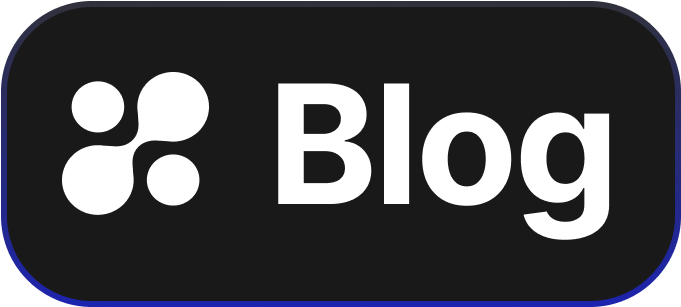How to Master RBAC Audit Logging: A Guide for Technology Managers
Getting your RBAC (Role-Based Access Control) audit logging right can feel like a puzzle. But it's essential if you want to keep your systems secure and your work smooth. This guide will show you how to ace RBAC audit logging and why it's important for your team.
Understanding RBAC Audit Logging
First, let's break down what RBAC audit logging means. RBAC is a way to control who can access what in your system. Audit logging, on the other hand, is like keeping a diary of all the actions taken within your system. Combining them—RBAC audit logging—means you keep track of who does what based on their roles. This helps in spotting unusual activities and beefing up security.
Why You Need RBAC Audit Logging
- Boost Security: Knowing who accessed what helps you catch any unwanted activity. If someone tries to sneak into areas they shouldn't, audit logs can reveal their attempts.
- Stay Compliant: Many industries have rules about keeping detailed records. RBAC audit logs can help you tick off those legal requirements without a hitch.
- Improve Efficiency: Understand which roles need access to what resources. By mapping usage patterns, you can refine roles and reduce unnecessary access, cutting down on potential points for breaches.
Setting Up Effective RBAC Audit Logging
1. Plan Your Roles and Access
Decide what roles need access to which parts of your system. Don’t make it too simple or too complex—find the right balance so that the roles fit your company’s needs.
2. Choose the Right Tools
You need tools that can handle and simplify RBAC audit logging. Tools like hoop.dev make the process easier by offering features designed to streamline your audit logging.
3. Regularly Review Logs
Setting it up is just half the job. Make it a habit to review the logs regularly, look for any unusual activity, and adjust roles as necessary. This proactive approach keeps your system robust and secure.
Steps to Enhance Your RBAC Audit Logging
- Enable Comprehensive Logging: Ensure every access and change within the system is logged automatically. Be thorough; missing logs mean missing clues during an audit.
- Implement Automated Monitoring: Use AI or software alerts to track unusual patterns instantly, reducing manual workload and increasing response speed.
- Audit Log Access: Keep track of who can view or change audit logs. Not everyone should have the key to this kind of information.
Harnessing RBAC Audit Logging with hoop.dev
It’s crucial to see how these principles apply in a real-world setting. With hoop.dev, you can bring RBAC audit logging to life in minutes. This platform not only simplifies setting up your RBAC policies but also ensures that auditing is seamless and straightforward.
Conclusion
Mastering RBAC audit logging is not just about security; it’s about smarter management and foresight. Keeping track of actions based on roles strengthens your defenses and makes you a proactive manager. Dive into hoop.dev today and discover how quick and simple safeguarding your systems can be.
